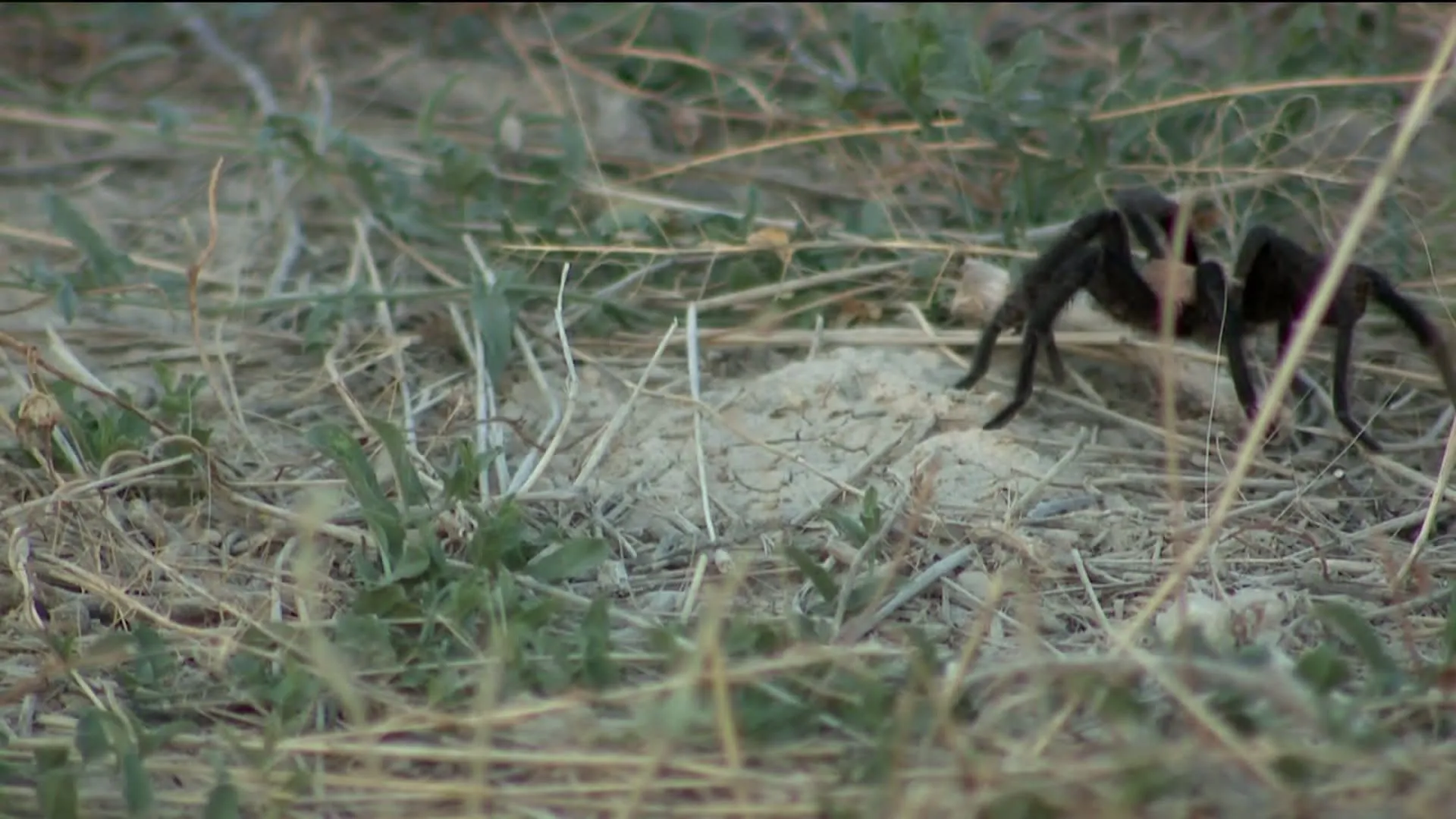What is the Colorado Tarantula Migration
The Colorado tarantula migration is a remarkable natural phenomenon occurring annually in the state, primarily during the late summer and early fall months. It involves thousands of male tarantulas embarking on a journey to find mates. This mass movement creates a unique opportunity for wildlife enthusiasts and photographers to witness these impressive arachnids in their natural habitat. The sight of these large, hairy spiders crossing roads and open spaces is a sight to behold, attracting both curiosity and concern from the public. Understanding this migration’s purpose and behavior helps in appreciating this fascinating aspect of Colorado’s ecosystem. The migration showcases the powerful instincts driving these creatures, reminding us of the complex life cycles that exist in the natural world and the importance of wildlife conservation.
The Tarantula Mating Ritual
The primary driver behind the Colorado tarantula migration is the mating ritual. Male tarantulas, after reaching maturity, leave their burrows in search of receptive females. This journey can span several miles, and the males are highly motivated by their reproductive drive. The mating process itself is a complex interaction. The male tarantula approaches the female’s burrow and signals his presence through a series of vibrations and courtship displays. If the female is receptive, the male will mate with her. After mating, the male must quickly retreat to avoid being eaten by the female, who may view him as a potential meal. This whole process is a testament to the tenacity and survival instincts of these creatures, and the migration is essentially a large-scale search for a mate. Witnessing this behavior provides a close look at the life cycle of the tarantula and its role in the ecosystem.
Why Do Tarantulas Migrate
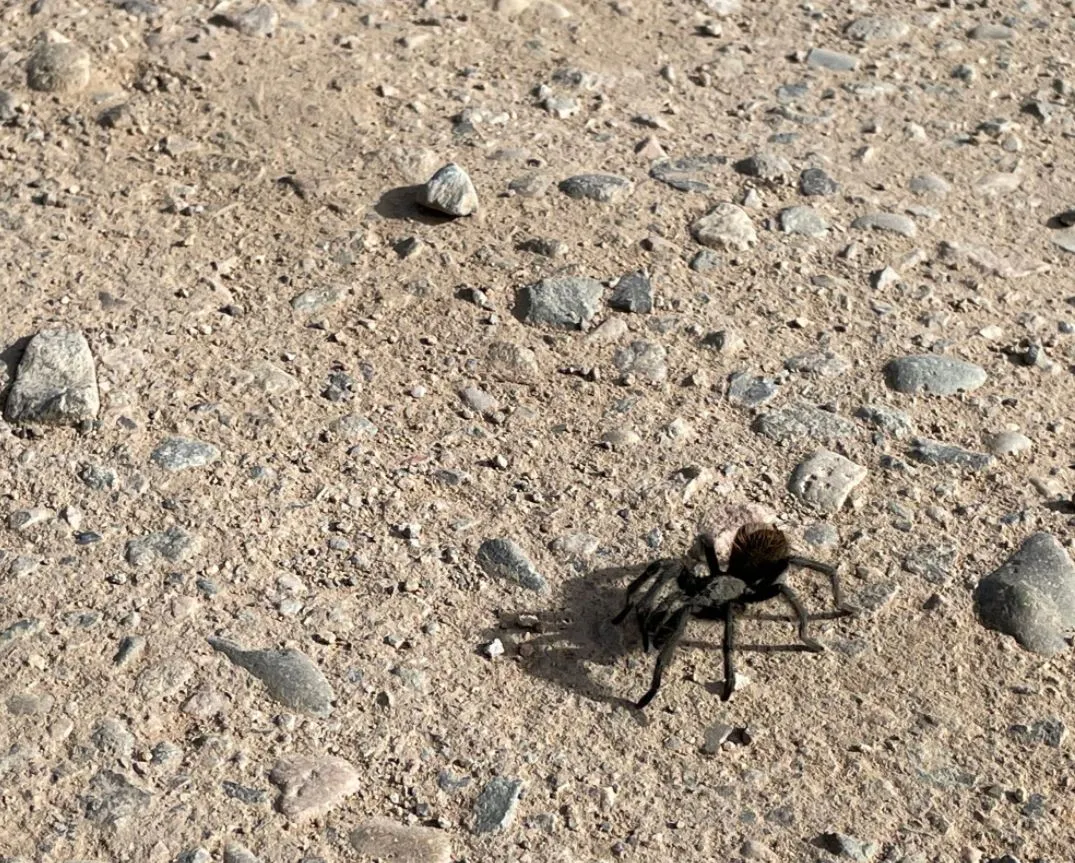
Tarantulas migrate primarily to find mates, as the males leave their burrows to seek out females. However, other factors also influence their migration. Environmental conditions, such as temperature and humidity, play a role, with the spiders usually emerging when the weather is favorable. The availability of potential mates is another critical driver. The density of the female tarantula population in specific areas affects the direction and duration of the migration. Also, the migration helps in the genetic diversity of the tarantula population by allowing individuals from different areas to interact and mate. This movement is crucial for the species’ survival, ensuring that they can reproduce and continue thriving in the region. Understanding these various motivations helps highlight the complexities of animal behavior and the essential interplay between an animal and its environment.
Best Time to See the Colorado Tarantula Migration
To maximize your chances of witnessing the Colorado tarantula migration, it is crucial to understand the peak seasons and factors influencing their timing. The best time to observe this phenomenon is generally from late August through early October. However, this can vary slightly depending on the year’s weather patterns. Warm temperatures and sufficient rainfall in the preceding months often trigger the migration earlier. Therefore, keeping an eye on weather forecasts and local reports is recommended for real-time updates. Planning your visit during this period allows you to witness the most significant movement of tarantulas, creating an unforgettable experience for nature enthusiasts. Always check local wildlife advisories or park ranger updates for the most accurate and up-to-date information.
Peak Migration Season
The peak migration season typically occurs during a specific window within the late summer and early fall. This period usually aligns with the breeding season when males are actively searching for mates. The duration of the peak season can vary from year to year, typically lasting for a few weeks. This is the best time to spot the largest numbers of tarantulas. It is the ideal time to plan a visit if you want to observe this natural event. Keep an eye on local news and wildlife reports to stay informed about any shifts in the timing. Knowing the peak season will increase your chances of seeing the tarantulas during their most active period, providing the best viewing experience.
Factors Affecting the Timing
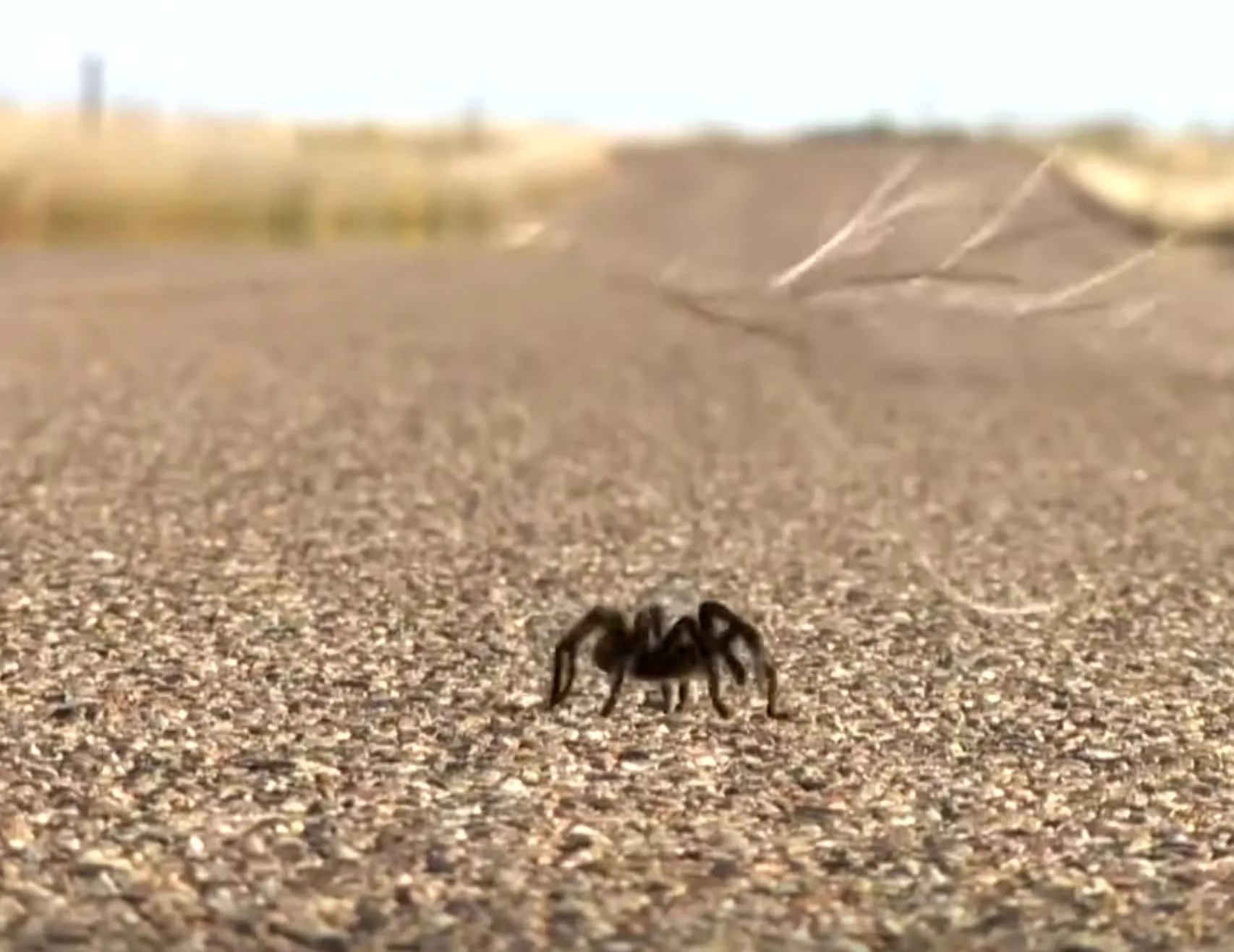
Several factors affect the timing of the Colorado tarantula migration. Weather conditions play a significant role, as warm temperatures and adequate humidity often trigger the spiders’ emergence from their burrows. Rainfall, especially following a dry spell, can also prompt the migration. The availability of potential mates in the local area influences the timing, as males begin their journey when females are receptive. The specific elevation and microclimates of different areas can also affect the migration’s start and duration. By understanding these factors, you can better predict when the migration might occur, increasing your chances of witnessing this event. Stay informed about local weather patterns and wildlife reports to plan your viewing experience effectively.
Where to Find the Tarantula Migration in Colorado
Several locations across Colorado offer prime viewing opportunities for the tarantula migration. Specific areas, known for their high tarantula populations and suitable habitats, are popular spots for wildlife enthusiasts. When planning your trip, it is essential to consider accessibility, safety, and any regulations imposed by local authorities. Knowing the best places to observe the migration ensures that you can safely and enjoyably witness this spectacular natural phenomenon. Some locations are known for their high concentrations of tarantulas and accessible viewing points, making them ideal for seeing this event.
Specific Locations
Popular locations for witnessing the Colorado tarantula migration include certain areas of the Comanche National Grassland and specific regions within the Arkansas River Valley. The grasslands provide the ideal habitat for tarantulas, and these areas often have accessible roads and trails, offering excellent viewing opportunities. Remember to check the current conditions and any closures before planning your visit. Some state parks and wildlife areas might also provide opportunities, but the specific locations can vary. Researching these key spots and checking local wildlife reports is crucial to finding the migration and making the most of your viewing experience. Being prepared and informed will ensure you have a safe and rewarding experience.
Tips for Spotting Tarantulas
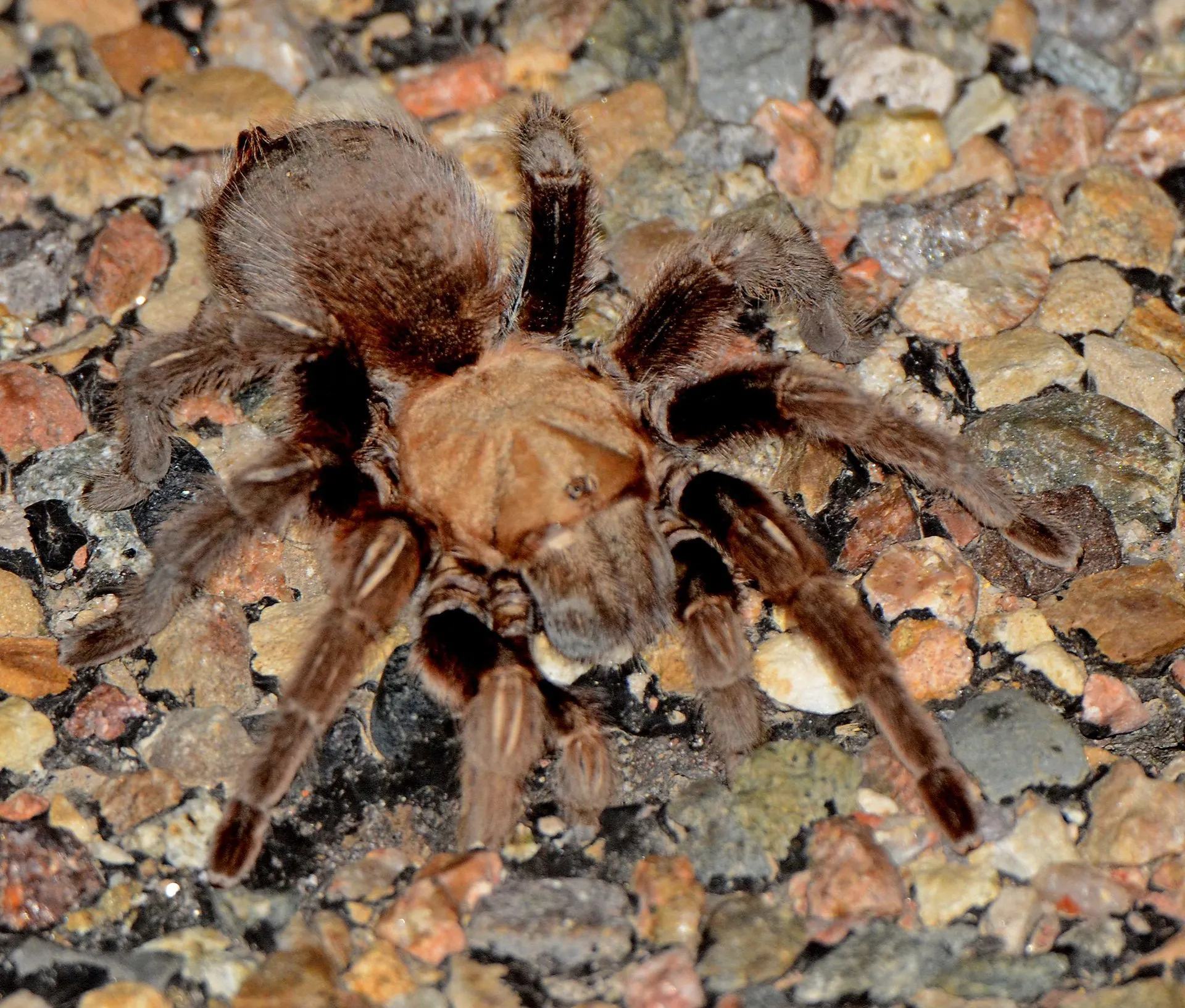
Spotting tarantulas during their migration requires patience and observation. Begin your search during the late afternoon or early evening, as this is when they are most active. Scan the roadsides, trails, and open spaces for movement. Look for the tarantulas crossing the roads or walking along the ground. Using binoculars can help spot them from a distance. Walking slowly and quietly will avoid startling the tarantulas. They can be well camouflaged, so careful observation is essential. Pay attention to the terrain and potential hiding spots. If you’re lucky enough to find one, stay calm and enjoy the experience. Remember to keep a safe distance, allowing them to move freely. This patient approach enhances your chances of observing this unique natural event.
What to Bring
When preparing to witness the Colorado tarantula migration, it is essential to bring appropriate gear for a safe and enjoyable experience. Sturdy footwear is a must, as you’ll likely be walking on uneven terrain. Bring binoculars to spot tarantulas from a distance and avoid disturbing them. Long pants and closed-toe shoes are highly recommended to protect yourself from potential bites and the elements. A flashlight or headlamp is crucial for evening viewing. Carry water and snacks to stay hydrated and energized. A camera is a great way to capture the experience, but remember to respect the spiders’ space. Be sure to bring a first-aid kit, especially if hiking in remote areas. Proper preparation ensures you have a comfortable and memorable time while observing the fascinating tarantula migration.
Tarantula Safety Guidelines
Observing the Colorado tarantula migration requires awareness of safety guidelines to ensure a positive experience for both you and the tarantulas. It’s crucial to maintain a respectful distance from the tarantulas. Avoid attempting to handle or provoke them, as this could lead to a defensive bite. Remember that these spiders are wild creatures, and their behavior can be unpredictable. Educate yourself about tarantula behavior and recognize signs of stress or aggression. Following these safety measures will help you observe the migration safely and ethically while appreciating the beauty of these creatures. Adhering to these guidelines will help you appreciate the wonder of the migration while minimizing any potential risks.
Staying Safe During the Migration
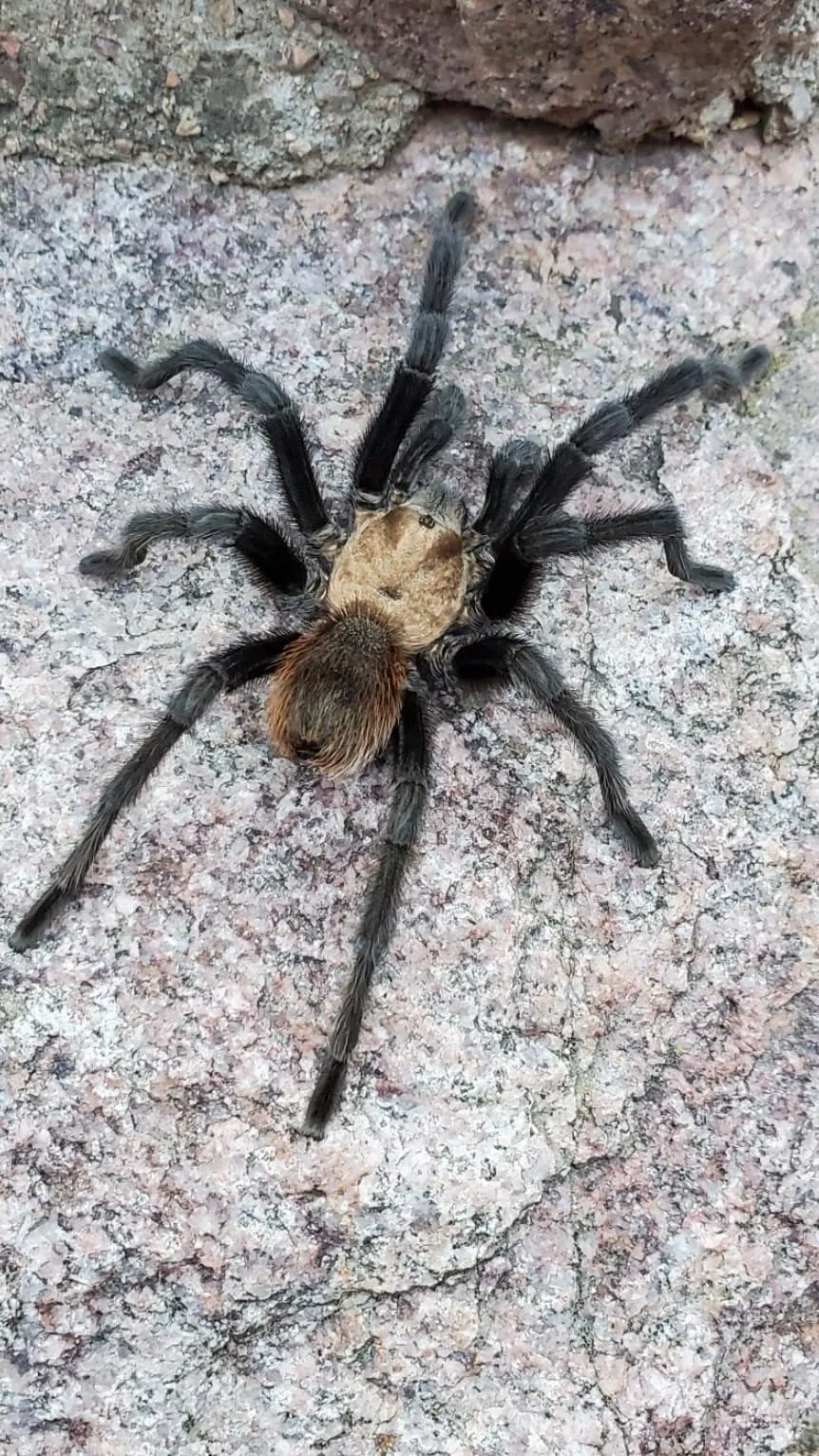
To stay safe during the tarantula migration, always maintain a safe distance from the spiders. Avoid any actions that might startle or provoke them. Do not attempt to handle them. Wear appropriate clothing, such as long pants and closed-toe shoes, for protection. Be cautious when walking in areas where tarantulas are present. Watch your step to avoid accidentally stepping on them. If you encounter a tarantula, observe it from a distance and admire it respectfully. Keep children and pets under close supervision. Always be aware of your surroundings and prepared for any potential encounters. If you are bitten, seek medical attention immediately. Staying informed and prepared ensures you can experience the migration safely and enjoyably.
Avoiding Disturbances
To avoid disturbing the Colorado tarantula migration, respect the natural habitat and the tarantulas. Stay on designated paths and trails, if available. Avoid making loud noises or sudden movements that might disturb the spiders. Refrain from littering or leaving any trash behind, as this can harm the ecosystem. Do not use flash photography, as it can disorient the tarantulas. Avoid chasing or harassing the tarantulas. Support conservation efforts by staying informed and advocating for the preservation of their habitat. By minimizing your impact and respecting their environment, you can contribute to the preservation of this unique event. This responsible approach enables everyone to continue enjoying and appreciating this fascinating natural phenomenon for years to come.
